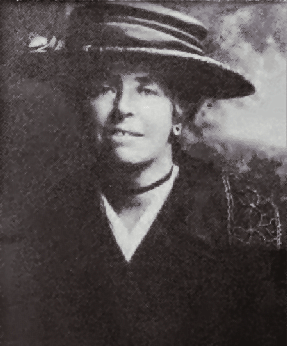Maud Cunnington facts for kids
Maud Edith Cunnington (born Pegge; 24 September 1869 – 28 February 1951) was a famous Welsh archaeologist. She is best known for her important work on ancient sites in Salisbury Plain, England. She helped discover and protect many prehistoric places.
Early Life and Family
Maud Pegge was born in Briton Ferry, Wales, in 1869. Her father, Charles Pegge, was a doctor. Maud was one of seven children. Her older brother, Edward, also became a doctor and was a well-known rugby player.
Maud went to Cheltenham Ladies' College for a short time. In 1889, she married Ben Cunnington. Ben was also an archaeologist. He worked as a volunteer curator at Devizes Museum for many years. Maud and Ben had a son named Edward, who sadly died in the First World War.
Discovering Ancient History
From 1897, Maud Cunnington started working on important archaeology projects in Wiltshire. She often worked with her husband, Ben. They did what is called "rescue archaeology". This means they carefully dug up and studied old sites before new buildings or roads were built over them.
Maud and Ben excavated some of the most important ancient sites in Britain. These included:
- Knap Hill: This was the first known Neolithic causewayed enclosure. It's like an ancient meeting place with ditches and banks.
- All Cannings Cross: An Iron Age village where people lived long ago.
- West Kennet Long Barrow: A very old burial mound.
- Figsbury Ring: Another ancient earthwork.
- Woodhenge: A monument made of wooden posts, close to Stonehenge.
- The Sanctuary: This site had been lost for a long time. Maud rediscovered it after it was last seen in the 1700s.
Maud and Ben bought the land where Woodhenge and The Sanctuary are located. They then gave these important sites to the nation so they could be protected forever.
In 1912, near Avebury, Maud also helped put two large stones back upright. These were part of ancient stone avenues.
Important Achievements
Maud Cunnington was a leader in her field. In 1933, she became the president of the Wiltshire Archaeological and Natural History Society. She was the first woman to hold this important position.
Besides writing detailed reports for other archaeologists, Maud also wrote books for the public. She wrote Avebury: A Guide in 1931. She even wrote a special guide for children about the Devizes Museum.
In 1948, Maud Cunnington was given a high honor. She was named a Commander of the Order of the British Empire (CBE) for her work in archaeology. She was the first woman archaeologist to receive this award. Sadly, she was ill at the time and never knew about the honor.
Maud Cunnington passed away in 1951. She left almost all her money to the Devizes Museum (now Wiltshire Museum). This generous gift helped the museum hire its first paid curator. This meant someone could be paid to look after the museum's collections full-time. Her contributions helped archaeology grow and made sure future generations could learn about Britain's ancient past.


